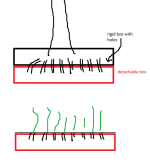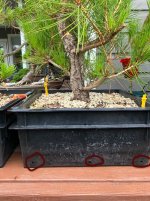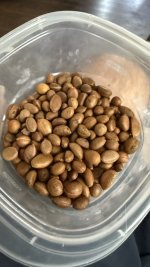Goodbrake
Mame
Longevity of Fruit
It is said that fruit without seed will wither and fall off the tree sooner. The question is what does 'soon' mean here? By mid-November all of the fruit on my trees seems to have gone through its full cycle of color changes, and I remove it in order to harvest seed for sale. In principle, the fruit should hang on and stay nice-looking all the way to Kokufu (February), but personally I have never allowed it to do so.
I'd love to know what factors affect fruit longevity. Do we any broad patterns that hold across diospyros e.g. do we know if nutrition, or temperature, etc effects fruit longevity?



